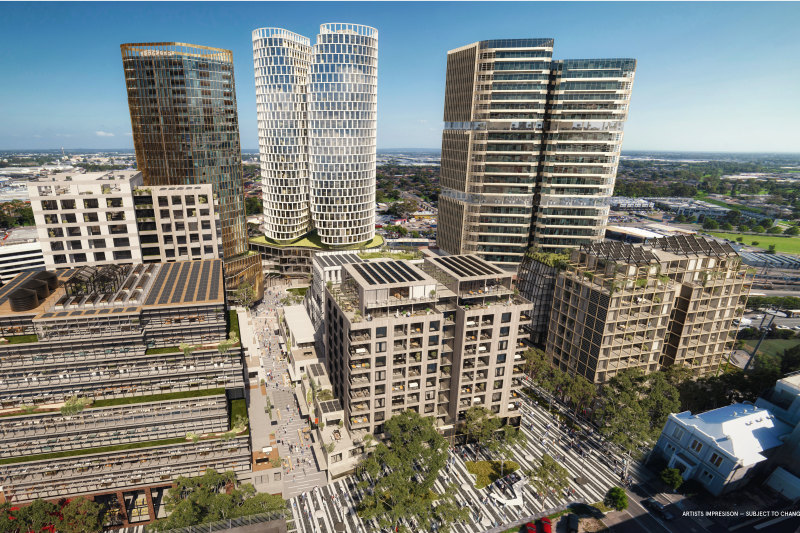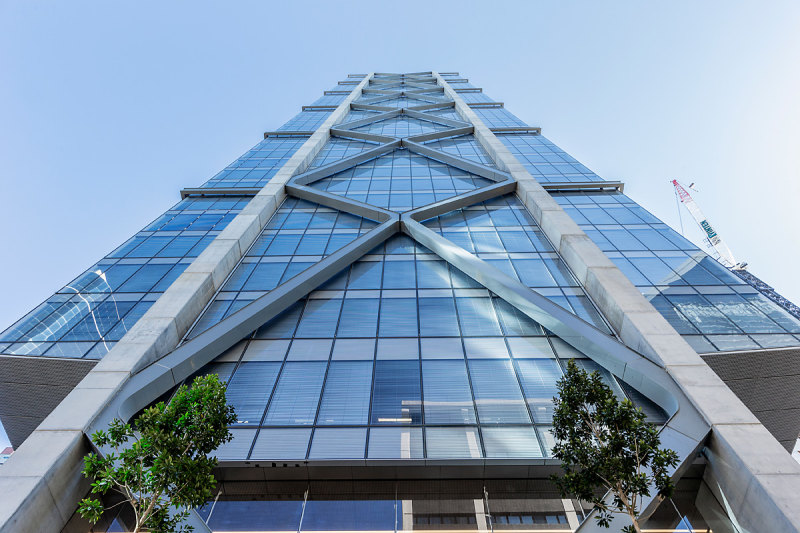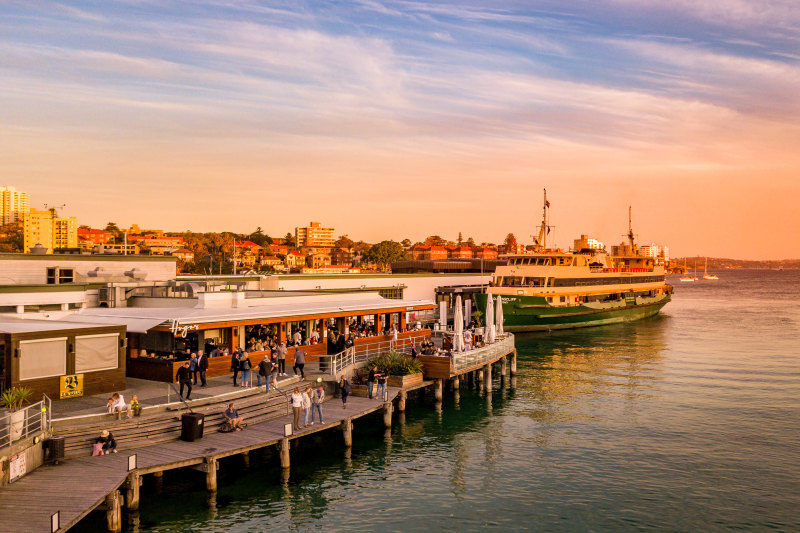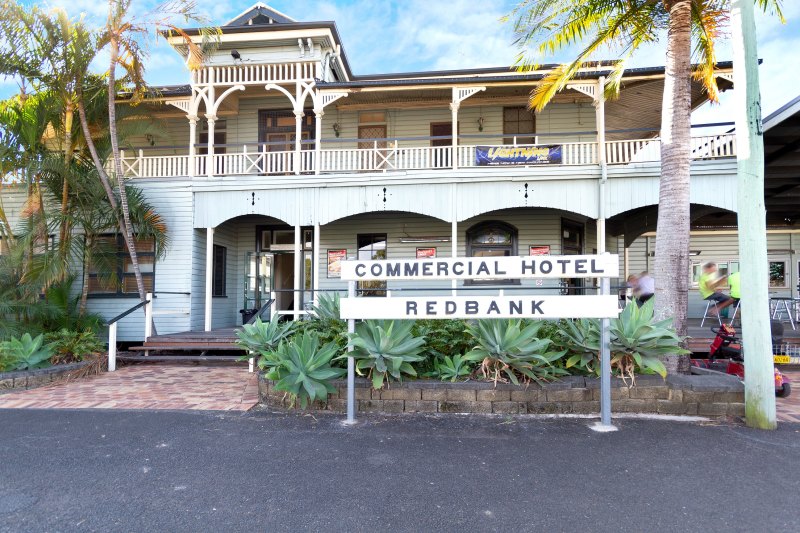
The $2b ‘capital city’ in Melbourne’s south-east
The Victorian government’s vision to create a “second capital city” in the outer south-eastern suburb of Dandenong has moved a step closer after a $2 billion master plan to develop a high-rise urban hub was approved by Planning Minister Sonya Kilkenny.
The urban renewal project, to be undertaken by private developer Capital Alliance and Development Victoria, will transform a two-hectare site opposite the train station and bus terminal into apartments, shops, offices, healthcare and education facilities and a hotel.
The plans also include the creation of a new “Little India” precinct (to replace the existing one on nearby Mason Street).

It’s part of broader revitalisation works in Dandenong – a large multicultural suburb and economic hub 35 kilometres from the centre of Melbourne – that commenced almost two decades ago.
This has resulted in the delivery of a number of major projects, including new state government offices by Grocon in 2012, a municipal building and a civic square in 2014, an Australian Tax Office building in 2015 and a Quest hotel in 2016. The Dandenong New Art centre is due for completion this year.
The newly approved $2 billion blueprint for development around the train station – an area encompassing five blocks along Foster Street, from Settlers Square to Thomas Street – finalises plans for one of the last major stages of the Revitalising Central Dandenong urban renewal project.
Approval paves the way for site work to begin next year in preparation for construction to kick off on the first of the buildings in 2026.
“The next step will be the detailed design phase, which will take some time,” Capital Alliance managing director Mohan Du told The Australian Financial Review.
“Early [site] works are expected to kick off late next year.”
Capital Alliance – best known for the string of hotels it has built in Docklands and Fishermans Bend – secured, through a public tender, the exclusive development rights to take on the next phase of the Revitalising Central Dandenong project in late 2020.
“Our vision from inception has not changed, it is to create a vibrant and inclusive community in Central Dandenong; one that will not only serve as a new commercial and residential hub but also reflect the diverse cultures that make this area unique,” Mr Du said.
“Over time, we will create a true 18-hour city, supporting activity and engagement day and night. Dandenong will undeniably become Victoria’s second capital city.”
The approved master plan allows for a mixed-use development that will include more than 480 homes (of which at least 10 per cent will affordable housing) across 37,000 square metres, around 12,000 sq m of large format and speciality shopfront retail space, over 117,000 sq m set aside for commercial, healthcare, aged care and knowledge precincts, 11,000 sq m for a new hotel and around 4000 sq m for an education facility.

The development will inject more than $600 million in private investment and is expected to contribute an estimated $1.5 billion a year to the local economy once operational.
Greater Dandenong Council chief executive Jacqui Weatherill said Revitalising Central Dandenong was a cornerstone project for the city.
“It will not only enhance the area’s urban landscape but also provide critical infrastructure and housing solutions for the community,” Ms Weatherill said.
“We are pleased to support Capital Alliance to deliver a project that addresses pressing social and economic challenges while creating new opportunities for growth and development in this vital part of Melbourne.”
Dandenong is one of Melbourne’s most culturally diverse suburbs, courtesy of its large intake of refugees and migrants. According to the 2021 Census, only 31 per cent of the suburb’s population was born in Australia. Almost 12 per cent was born in Afghanistan, 10 per cent in India, 5 per cent in Sri Lanka and 4 per cent in Pakistan. More than a third of Dandenong’s population are Muslims.
Dandenong began as a township in 1852 but by the start of the 20th century was a major regional city, and it was ultimately incorporated into Greater Melbourne as a satellite city. Before the revitalisation program began in 2006 under then-premier Steve Bracks, Dandenong had suffered long neglect, especially in its town centre.











